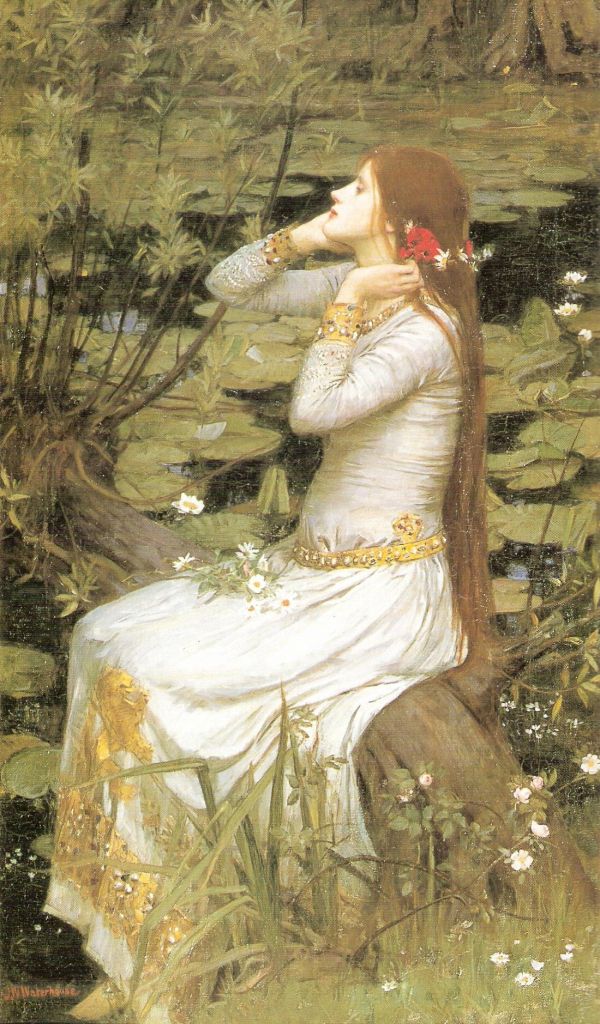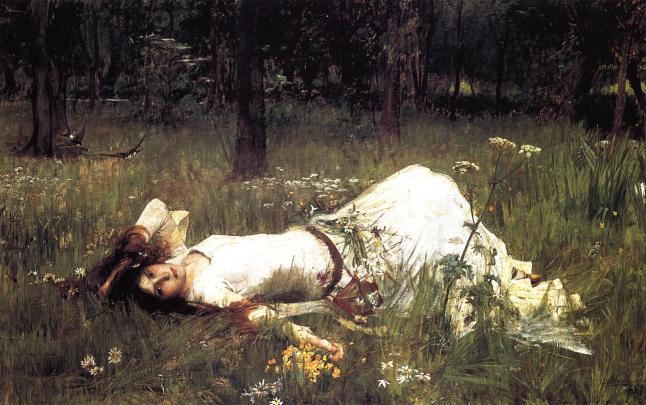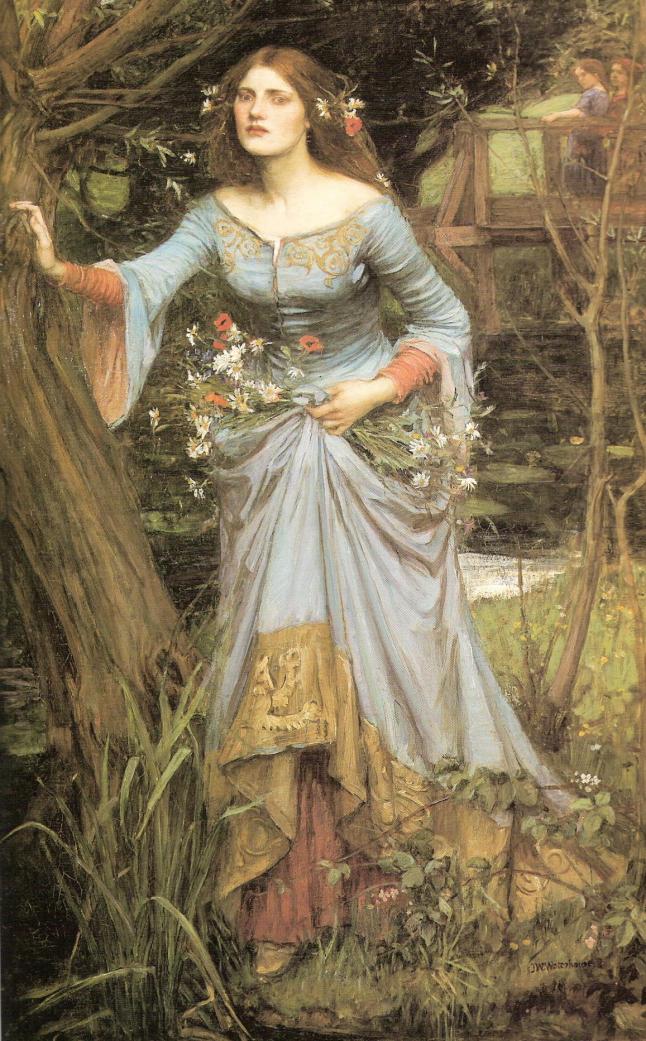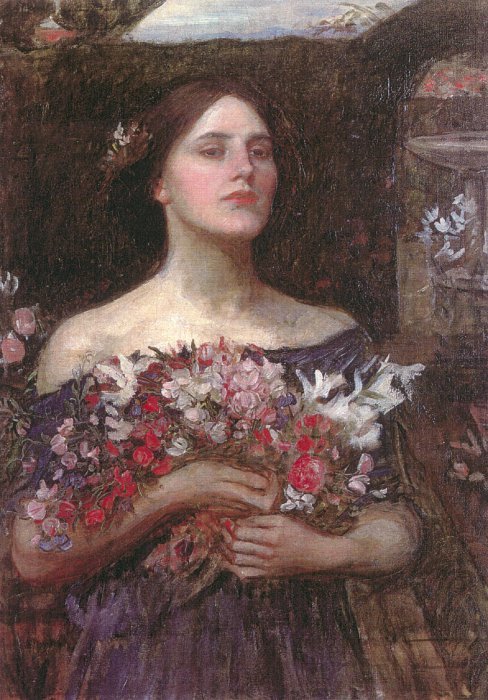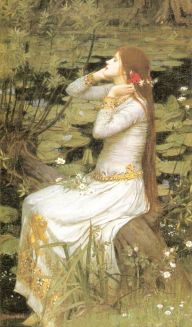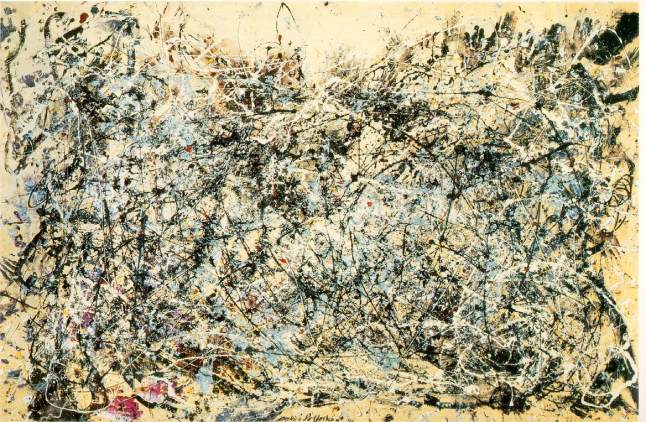
Number 1A by Jackson Pollock, 1948
I like this painting. I’m not sure what it is or what it is supposed to represent, but I like it.
Not… that anybody really has any concern for what I like…. But anyway, it’s nice.
The layers are very interesting, and I can almost see an image (or several) in the background, but it is difficult to tell if that’s just my imagination or not, which greatly adds to the interest of the piece because when somebody does something like this, you expect there to be some sort of reason behind what they did, or some kind of hidden message behind it.
Most people have a natural aversion to things that lack order, but the interesting thing about this painting is that it is pretty famous despite its chaotic appearance. Why is it famous? Not entirely sure. But, since I like the layers, I am going to assume that that is among the reasons why other people like it as well.
So, as far as I can tell, there are several layers of drawings (well, paintings), different textures, paint layers, and several different colors thrown into the mix to add contrast. Best of all, they all fit together to make a piece that grabs peoples’ attention without throwing off the balance.
As far as what I see… I kind of see a fantasy-like battle scene, or at least its aftermath, in a city of sorts. To be honest, yo can’t really see the city part, or where they are at all, but if you look at it long enough you might be able to see the healer/medic/girl near the center (the little red dot a bit up and to the right is on her hat and she is kneeling on the ground) and there are several bodies around her (one in the bottom right is a person in the fetal position (curled up)) and that is about all that I think I can see somewhat clearly.
Here’s Nancy Sullivan’s response to the painting:
Number 1 by Jackson Pollock (1948)
No name but a number.
Trickles and valleys of paint
Devise this maze
Into a game of Monopoly
Without any bank. Into
A linoleum on the floor
In a dream. Into
Murals inside of the mind.
No similes here. Nothing
But paint. Such purity
Taxes the poem that speaks
Still of something in a place
Or at a time.
How to realize his question
Let alone his answer?
As I expected, the views of others are probably completely different, but hey~! I think it just reflects my tastes. I must admit… if I had to choose just one genre to read, I would pick fantasy every single time.
Anyway, her version was similar to my battlefield, except it is of the mind. In a way, it seems like scifi, but then again, I might not be reading it right….
I feel that she is saying that the painting is the internal struggle to find oneself. She demonstrates this by speaking of mazes and the game, Monopoly, where you go around and around in circles as you try to find your way out. But, there’s no meaning to it, as it’s just paint, which demonstrates that the search does not truly have a purpose. After all, if the reason for the journey is unknown, you can’t really find the answer.
Aaannnd… I ended up paraphrasing some of her poem. Oh well, I think most of you should have gotten what I meant.
Sorry for lack of pictures and until next time!

